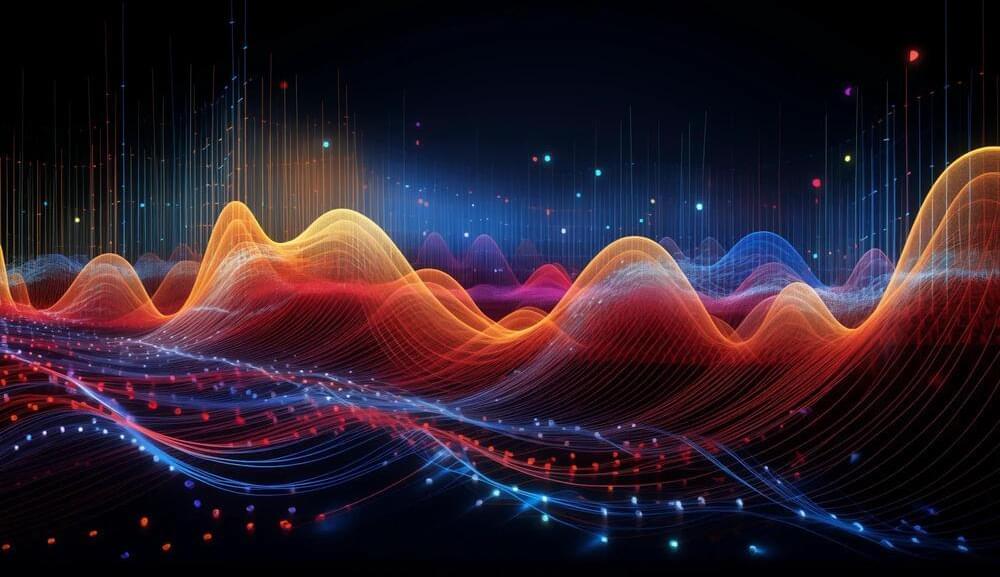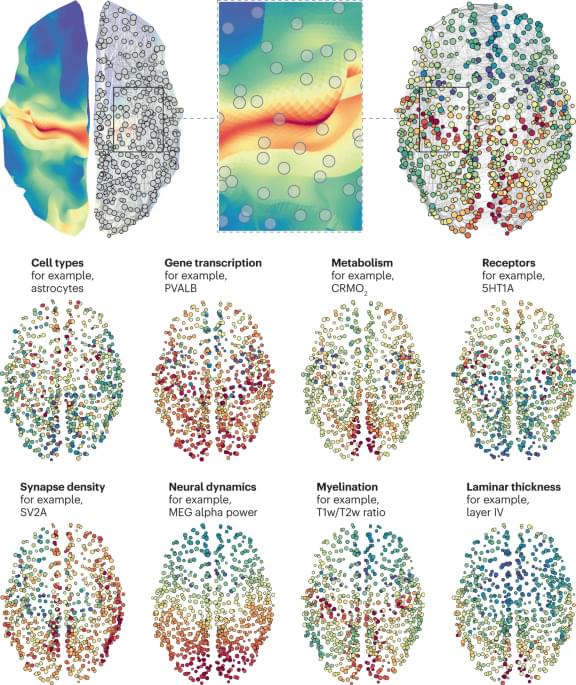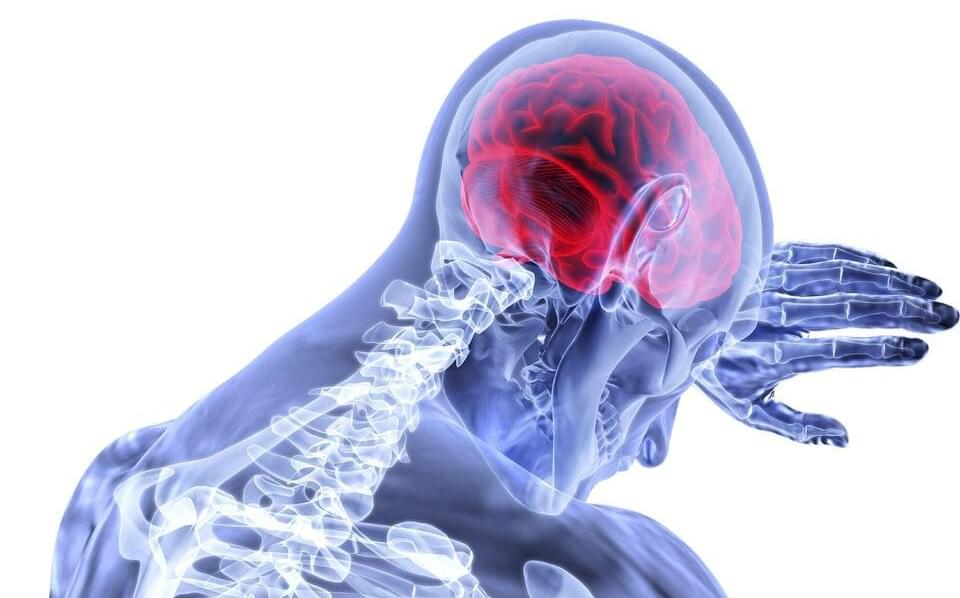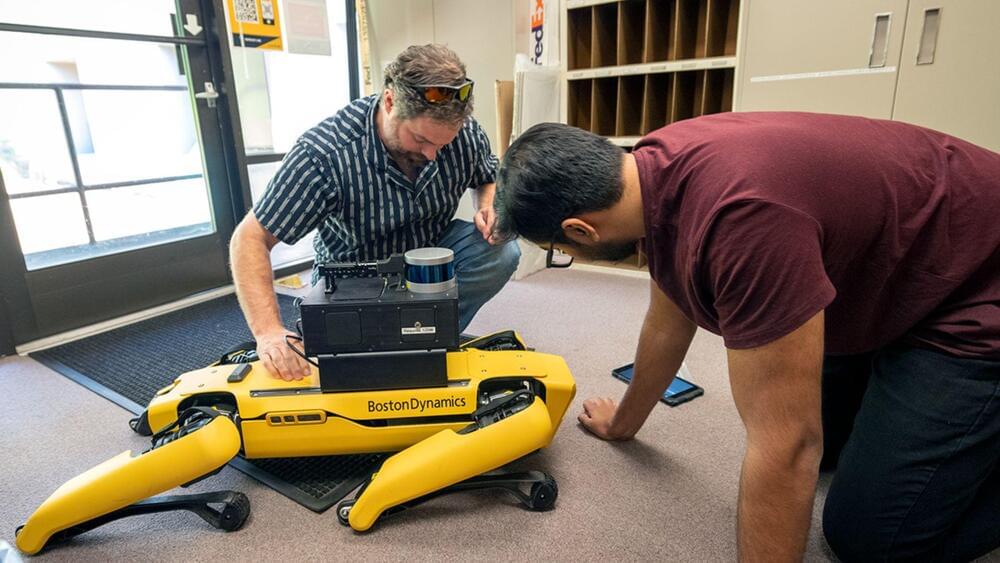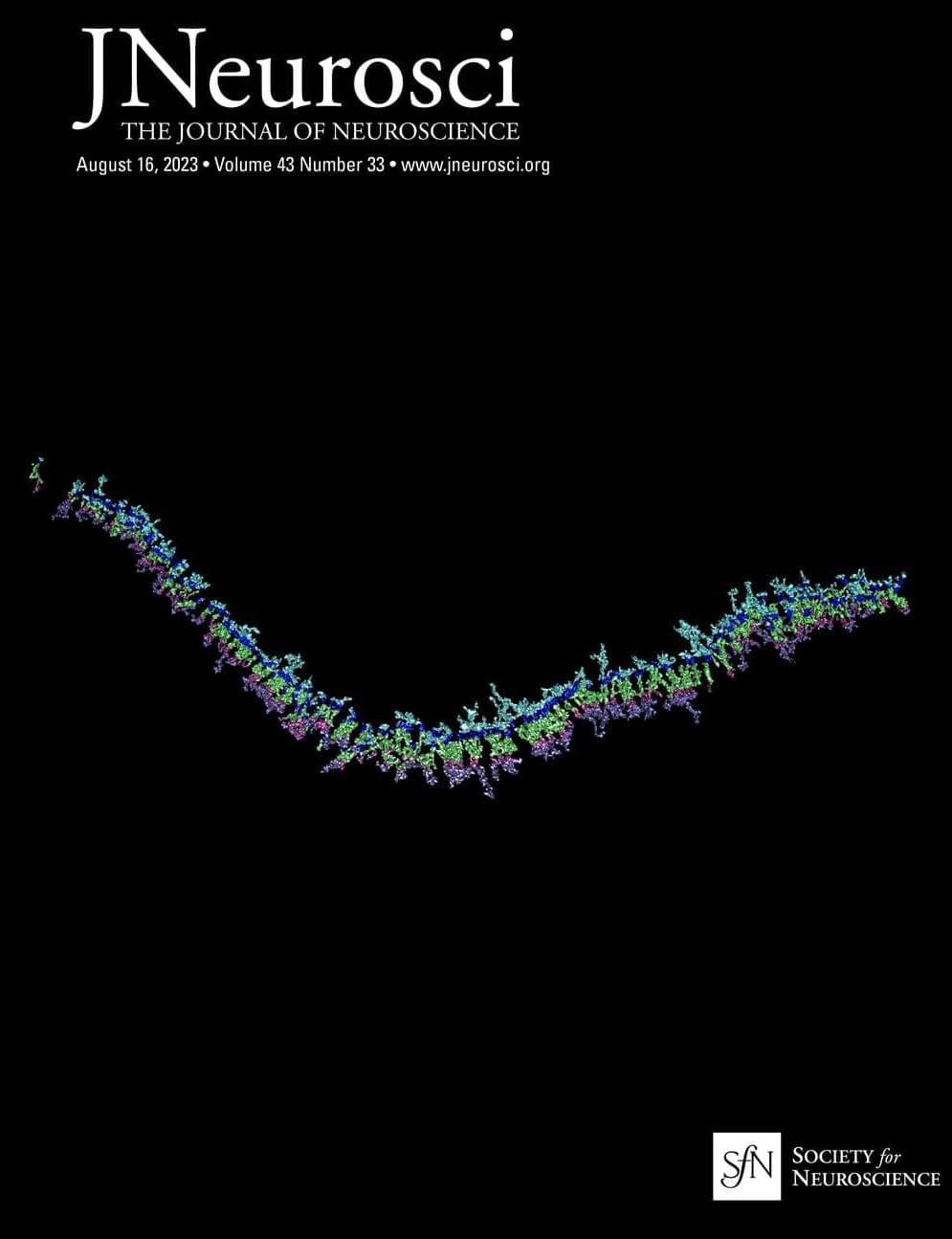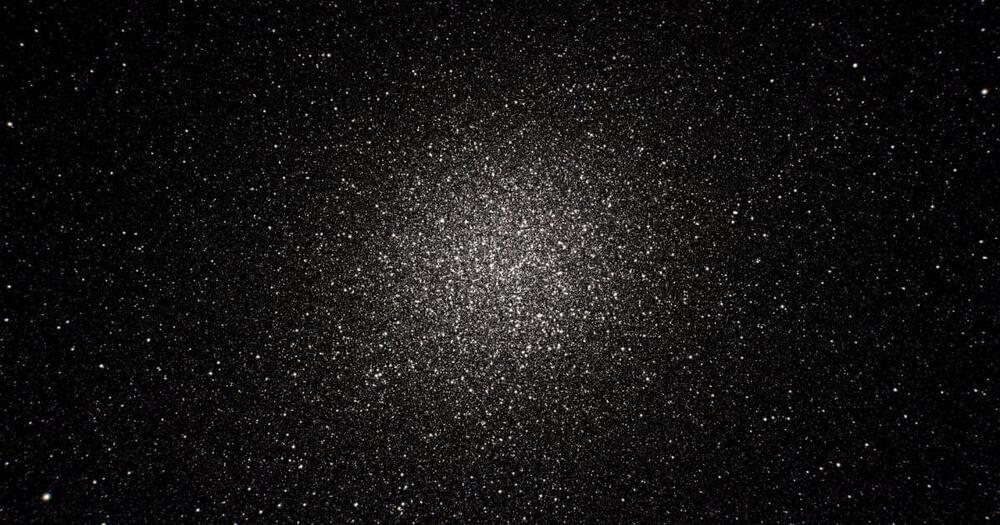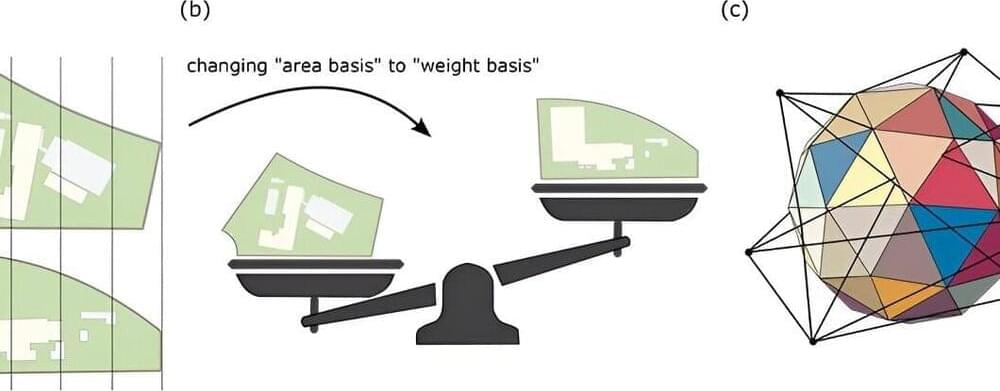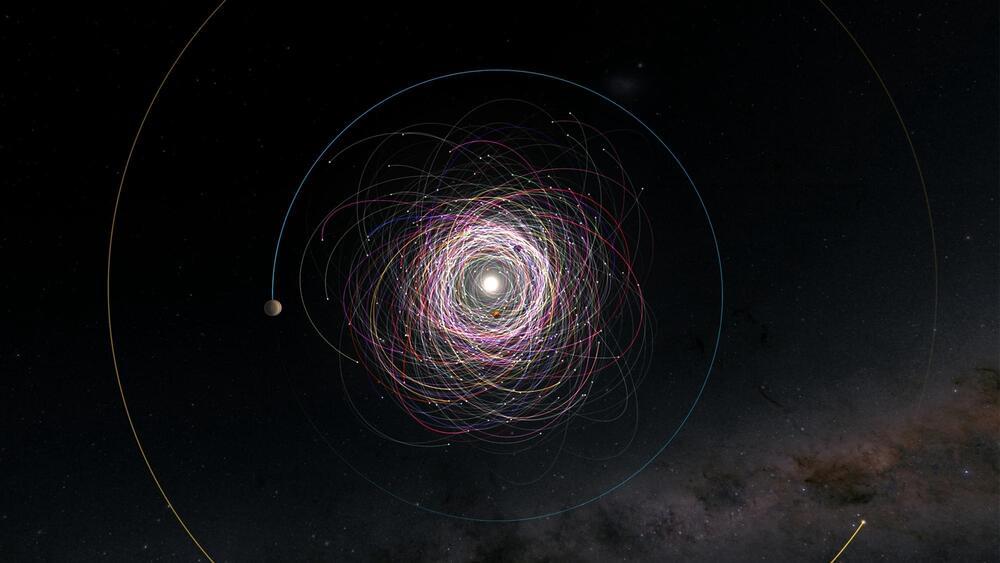Acoustic resonators, found in devices like smartphones and Wi-Fi systems, degrade over time with no easy way to monitor this degradation. Researchers from Harvard SEAS and Purdue University have now developed a method using atomic vacancies in silicon carbide to measure the stability of these resonators and even manipulate quantum states, potentially benefiting accelerometers, gyroscopes, clocks, and quantum networking.
Acoustic resonators are everywhere. In fact, there is a good chance you’re holding one in your hand right now. Most smartphones today use bulk acoustic resonators as radio frequency filters to filter out noise that could degrade a signal. These filters are also used in most Wi-Fi and GPS
GPS, or Global Positioning System, is a satellite-based navigation system that provides location and time information anywhere on or near the Earth’s surface. It consists of a network of satellites, ground control stations, and GPS receivers, which are found in a variety of devices such as smartphones, cars, and aircraft. GPS is used for a wide range of applications including navigation, mapping, tracking, and timing, and has an accuracy of about 3 meters (10 feet) in most conditions.
